Home>Renovation & DIY>Home Renovation Guides>How To Insulate PEX Pipes In A Crawl Space
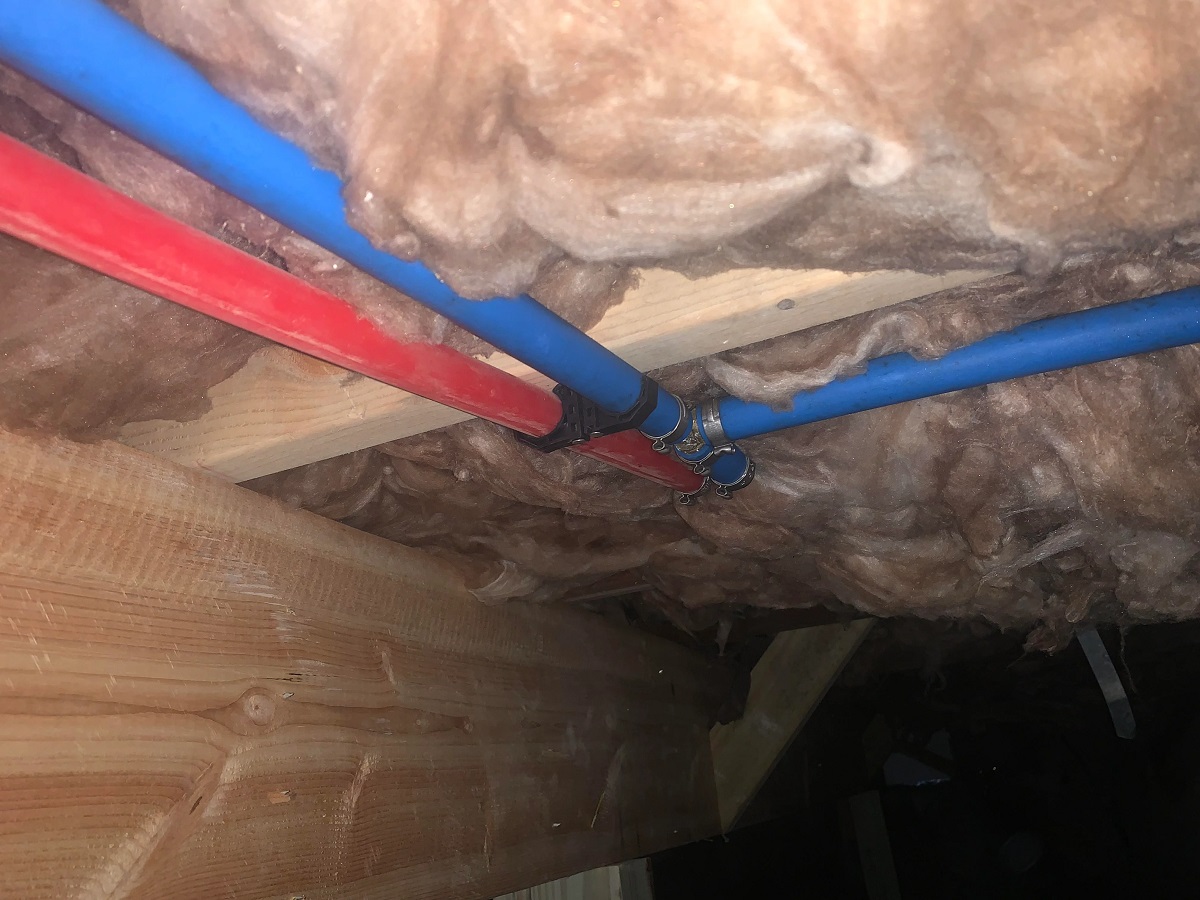

Home Renovation Guides
How To Insulate PEX Pipes In A Crawl Space
Modified: August 31, 2024
Learn how to properly insulate PEX pipes in a crawl space with our comprehensive home renovation guide. Protect your plumbing and save energy!
(Many of the links in this article redirect to a specific reviewed product. Your purchase of these products through affiliate links helps to generate commission for Storables.com, at no extra cost. Learn more)
Introduction
Insulating PEX pipes in a crawl space is a crucial aspect of home maintenance that is often overlooked. PEX (cross-linked polyethylene) pipes are commonly used in plumbing systems due to their flexibility, durability, and resistance to corrosion. However, when these pipes are installed in a crawl space, they are vulnerable to temperature fluctuations, which can lead to freezing and potential damage.
In this comprehensive guide, we will delve into the importance of insulating PEX pipes in a crawl space, the risks associated with leaving them exposed, and the benefits of taking proactive measures to protect them. Additionally, we will provide step-by-step instructions on how to effectively insulate PEX pipes, along with valuable tips to ensure a successful insulation process.
By understanding the significance of insulating PEX pipes and learning the proper techniques to do so, homeowners can safeguard their plumbing system, prevent costly repairs, and maintain the overall integrity of their property. Let's embark on this insightful journey to discover the best practices for insulating PEX pipes in a crawl space.
Key Takeaways:
- Protect your home’s plumbing by insulating PEX pipes in crawl spaces. This prevents freezing, reduces energy loss, and extends the lifespan of the pipes, saving you money and ensuring a reliable water supply.
- Choose the right insulation material, such as foam sleeves or rubber tubes, to safeguard PEX pipes. This helps prevent moisture buildup, physical damage, and temperature fluctuations, ensuring a long-lasting and efficient plumbing system.
Read more: How To Insulate PEX Pipe In An Attic
Understanding PEX Pipes
PEX, or cross-linked polyethylene, pipes have gained widespread popularity in the plumbing industry due to their versatility, durability, and ease of installation. These flexible plastic pipes are commonly used for both hot and cold water distribution in residential and commercial buildings. PEX pipes come in various colors, such as red for hot water and blue for cold water, making it easy to distinguish between the two.
One of the key advantages of PEX pipes is their resistance to corrosion and scale buildup, which are common issues with metal pipes. This resistance contributes to the longevity of the plumbing system and reduces the likelihood of clogs and leaks over time. Additionally, PEX pipes are known for their flexibility, allowing for easier installation in tight spaces and reducing the need for additional fittings and connections.
Another notable feature of PEX pipes is their ability to expand and contract with temperature changes, making them less susceptible to bursting in freezing conditions compared to rigid materials like copper or PVC. This flexibility is particularly beneficial in regions where extreme temperatures are a concern, as it helps prevent pipe damage and potential water leaks.
Furthermore, PEX pipes are often lauded for their thermal efficiency, as they retain heat better than metal pipes. This can result in energy savings and faster hot water delivery, enhancing the overall efficiency of the plumbing system.
It's important to note that PEX pipes are available in different grades, including PEX-A, PEX-B, and PEX-C, each with its own unique characteristics and installation methods. Understanding the specific type of PEX pipe being used is essential for proper maintenance and insulation.
In summary, PEX pipes offer a range of benefits, including resistance to corrosion, flexibility, thermal efficiency, and ease of installation. However, despite these advantages, it's crucial to address the potential vulnerabilities of PEX pipes when installed in a crawl space, which can be effectively mitigated through proper insulation.
Risks of Exposed PEX Pipes in a Crawl Space
When PEX pipes are left exposed in a crawl space, they are susceptible to a range of risks that can compromise the integrity of the plumbing system and lead to costly repairs. Understanding these risks is essential for homeowners to grasp the urgency of insulating PEX pipes in a crawl space.
-
Freezing and Bursting: Crawl spaces are particularly vulnerable to temperature fluctuations, especially during extreme weather conditions. When PEX pipes are exposed to freezing temperatures, the water inside them can expand, leading to pipe bursting. This not only results in water damage but also necessitates immediate repairs to prevent further structural issues.
-
Heat Loss: In colder climates, uninsulated PEX pipes in a crawl space can experience heat loss, especially if the space is not adequately insulated. This can lead to delays in hot water delivery and increased energy consumption as the water heater compensates for the lost heat. Over time, this inefficiency can contribute to higher utility bills and reduced overall comfort.
-
Condensation and Moisture Buildup: Crawl spaces are prone to high humidity levels and condensation, particularly in regions with fluctuating temperatures. Exposed PEX pipes can become conduits for condensation, leading to moisture buildup and potential water damage. Additionally, prolonged exposure to moisture can accelerate the deterioration of the pipes, compromising their longevity.
-
Vulnerability to Physical Damage: Uninsulated PEX pipes in a crawl space are at risk of physical damage from various sources, including accidental impact, pests, and construction activities. Without proper insulation, the pipes lack a protective barrier, making them more susceptible to dents, punctures, and other forms of damage that can compromise their functionality.
-
Reduced Lifespan: The cumulative effects of exposure to temperature fluctuations, moisture, and physical damage can significantly reduce the lifespan of PEX pipes. Premature deterioration and the need for frequent repairs or replacements can incur substantial costs and disrupt the normal functioning of the plumbing system.
In summary, the risks associated with exposed PEX pipes in a crawl space encompass freezing and bursting, heat loss, condensation and moisture buildup, vulnerability to physical damage, and a reduced lifespan. By addressing these risks through proper insulation, homeowners can protect their plumbing infrastructure and mitigate the potential consequences of leaving PEX pipes uninsulated in a crawl space.
Benefits of Insulating PEX Pipes
Insulating PEX pipes in a crawl space offers a multitude of advantages that directly contribute to the efficiency, longevity, and reliability of the plumbing system. By proactively addressing the vulnerabilities of exposed PEX pipes, homeowners can experience the following benefits:
-
Prevention of Freezing and Bursting: Insulation acts as a protective barrier, safeguarding PEX pipes from freezing temperatures. By retaining heat and minimizing exposure to cold air, insulation significantly reduces the risk of pipe bursting, thereby preventing potential water damage and the need for costly repairs.
-
Energy Efficiency: Proper insulation helps maintain the temperature of the water inside PEX pipes, minimizing heat loss in colder environments. This results in improved energy efficiency, as the water heater does not need to compensate for heat loss, leading to reduced energy consumption and lower utility bills.
-
Moisture Control: Insulation mitigates condensation and moisture buildup on PEX pipes in a crawl space. By minimizing exposure to fluctuating humidity levels, insulation helps prevent the onset of corrosion, mold growth, and water damage, thereby preserving the structural integrity of the pipes.
-
Enhanced Durability: Insulation serves as a protective layer, reducing the risk of physical damage to PEX pipes. By providing a cushioning effect and shielding the pipes from potential impacts, insulation contributes to the overall durability and longevity of the plumbing system, minimizing the need for frequent repairs.
-
Extended Lifespan: By mitigating the risks associated with exposure to temperature fluctuations and moisture, insulation plays a pivotal role in extending the lifespan of PEX pipes. This translates to long-term cost savings, reduced maintenance requirements, and a more reliable plumbing infrastructure.
-
Consistent Water Flow: Insulated PEX pipes maintain a more consistent water temperature, ensuring that hot water reaches its destination without delays or fluctuations. This results in improved comfort and convenience for homeowners, as well as a more efficient water distribution system.
-
Protection Against External Factors: Insulation provides a layer of defense against external elements such as pests, debris, and construction activities that could potentially damage exposed PEX pipes. By creating a barrier, insulation helps preserve the structural integrity of the pipes and minimizes the risk of unforeseen damage.
In summary, the benefits of insulating PEX pipes in a crawl space encompass prevention of freezing and bursting, enhanced energy efficiency, moisture control, improved durability, extended lifespan, consistent water flow, and protection against external factors. By prioritizing the insulation of PEX pipes, homeowners can fortify their plumbing system and enjoy a range of long-term advantages that contribute to the overall well-being of their property.
Steps to Insulate PEX Pipes in a Crawl Space
Insulating PEX pipes in a crawl space is a proactive measure that can safeguard the plumbing system from potential risks associated with temperature fluctuations and moisture buildup. By following a systematic approach to insulation, homeowners can effectively protect their PEX pipes and ensure the long-term integrity of their plumbing infrastructure. Here are the essential steps to insulate PEX pipes in a crawl space:
-
Assess the Crawl Space: Begin by assessing the crawl space to identify the layout of the PEX pipes and any existing insulation. Take note of any potential obstructions or accessibility challenges that may impact the insulation process.
-
Gather the Necessary Materials: Before commencing the insulation, gather the required materials, including insulation sleeves or tubes designed for PEX pipes, insulation tape, cable ties, and protective gear such as gloves and a mask.
-
Prepare the Work Area: Clear the crawl space of any debris or obstacles that could hinder the insulation process. Ensure adequate lighting and ventilation to facilitate safe and efficient work conditions.
-
Measure and Cut Insulation: Measure the length of the PEX pipes in the crawl space and cut the insulation sleeves or tubes to the appropriate size. It's crucial to ensure a snug fit to maximize the insulation's effectiveness.
-
Wrap the PEX Pipes: Carefully wrap the insulation sleeves or tubes around the PEX pipes, ensuring a secure and uniform coverage along the entire length of each pipe. Use insulation tape to secure the ends and any overlapping sections.
-
Secure the Insulation: Use cable ties or appropriate fastening methods to secure the insulation in place, preventing displacement or slippage over time. This step is essential for maintaining the integrity of the insulation.
-
Seal Joints and Gaps: Inspect the insulation for any gaps or joints that may compromise its effectiveness. Seal these areas using insulation tape or additional insulation material to ensure comprehensive coverage.
-
Address Additional Insulation Needs: If the crawl space lacks adequate overall insulation, consider adding insulation to the walls and floor to further regulate temperature and minimize moisture levels.
-
Inspect and Test: Once the insulation is in place, conduct a thorough inspection to ensure that all PEX pipes are adequately insulated and that there are no gaps or areas of exposure. Test the integrity of the insulation by gently pressing on the sleeves or tubes to check for secure attachment.
-
Maintain Records: Keep detailed records of the insulation process, including the materials used, installation dates, and any relevant observations. This documentation can serve as a valuable reference for future maintenance and inspections.
By diligently following these steps, homeowners can effectively insulate PEX pipes in a crawl space, mitigating the risks associated with exposure to temperature fluctuations and moisture. This proactive approach contributes to the overall resilience and longevity of the plumbing system, providing homeowners with peace of mind and a more secure home environment.
Read more: How To Insulate A Crawl Space Door
Choosing the Right Insulation Material
Selecting the appropriate insulation material is a critical aspect of insulating PEX pipes in a crawl space. The chosen material should effectively mitigate the risks associated with temperature fluctuations, moisture buildup, and physical damage, while also being compatible with PEX pipes and conducive to the specific conditions of the crawl space. Here are key considerations and options for choosing the right insulation material:
Considerations:
-
PEX Compatibility: The insulation material must be compatible with PEX pipes to prevent any adverse chemical reactions or degradation of the pipes over time. It should be specifically designed for use with PEX plumbing systems.
-
Moisture Resistance: Given the potential for moisture buildup in crawl spaces, the insulation material should possess moisture-resistant properties to prevent the absorption of water and the onset of mold or corrosion.
-
R-Value: The R-value of the insulation material indicates its thermal resistance. Higher R-values provide better insulation against temperature fluctuations, making them suitable for crawl spaces exposed to extreme weather conditions.
-
Flexibility and Ease of Installation: The insulation material should be flexible enough to conform to the shape of PEX pipes and easy to install in tight spaces, ensuring comprehensive coverage without gaps or gaps.
-
Durability and Longevity: Opt for insulation materials that are durable and resistant to physical damage, ensuring that they can effectively protect PEX pipes over an extended period.
Options:
-
Foam Insulation Sleeves: Foam sleeves designed for PEX pipes offer excellent thermal insulation and moisture resistance. They are easy to install and provide a snug fit around the pipes, minimizing heat loss and the risk of condensation.
-
Rubber Insulation Tubes: Rubber tubes provide a high level of flexibility and durability, making them suitable for crawl spaces with limited accessibility. They offer reliable protection against temperature fluctuations and physical damage.
-
Fiberglass Insulation: Fiberglass sleeves or wraps with a suitable R-value can effectively insulate PEX pipes. However, it's essential to ensure that the fiberglass material is encapsulated to prevent irritation and exposure to loose fibers.
-
Closed-Cell Foam Insulation: Closed-cell foam insulation offers superior moisture resistance and thermal insulation properties. It provides a protective barrier against moisture and physical impact, making it ideal for crawl spaces with challenging environmental conditions.
-
Polyethylene Insulation Tape: In addition to sleeves and tubes, polyethylene insulation tape can be used to seal joints, gaps, and overlapping sections of insulation, ensuring a comprehensive and secure coverage of PEX pipes.
By carefully considering these factors and exploring the available options, homeowners can make an informed decision when choosing the right insulation material for PEX pipes in a crawl space. This proactive approach sets the foundation for effective insulation and long-term protection of the plumbing system.
Installing the Insulation
Installing insulation for PEX pipes in a crawl space is a crucial step in safeguarding the plumbing system from temperature fluctuations and moisture-related risks. Proper installation ensures that the insulation material effectively envelops the PEX pipes, providing a protective barrier that minimizes heat loss and prevents potential damage. Here's a detailed guide on the process of installing insulation for PEX pipes in a crawl space:
1. Prepare the Insulation Material
Before commencing the installation, ensure that the insulation material, whether it's foam sleeves, rubber tubes, or another suitable option, is readily available and compatible with PEX pipes. Verify that the material provides the necessary thermal resistance and moisture protection for the specific conditions of the crawl space.
2. Measure and Cut
Measure the length of the PEX pipes in the crawl space and cut the insulation material to the appropriate size. It's essential to achieve a precise fit to maximize the insulation's effectiveness. Carefully cut the material using appropriate tools, ensuring clean and straight edges for a uniform application.
3. Wrap the PEX Pipes
Carefully wrap the insulation material around the PEX pipes, ensuring a snug and secure fit along the entire length of each pipe. The material should fully envelop the pipes, leaving no exposed areas that could be vulnerable to temperature fluctuations or moisture buildup. Pay close attention to overlapping sections to ensure seamless coverage.
4. Secure the Insulation
Use cable ties or other suitable fastening methods to secure the insulation in place. This step is crucial for preventing displacement or slippage over time, ensuring that the insulation remains intact and effective in protecting the PEX pipes. Secure the ends of the insulation material to maintain a tight seal.
5. Seal Joints and Gaps
Inspect the insulation for any gaps or joints that may compromise its effectiveness. Seal these areas using insulation tape or additional insulation material to ensure comprehensive coverage. It's important to address any potential points of exposure to maintain the integrity of the insulation.
6. Ensure Uniform Coverage
Throughout the installation process, ensure that the insulation material provides uniform coverage along the entire length of the PEX pipes. Avoid leaving any areas exposed or under-protected, as this could compromise the insulation's ability to mitigate temperature fluctuations and moisture-related risks.
7. Test the Integrity
Once the insulation is in place, conduct a thorough inspection to ensure that all PEX pipes are adequately insulated and that there are no gaps or areas of exposure. Test the integrity of the insulation by gently pressing on the material to check for secure attachment. This step helps verify the effectiveness of the installation.
By following these detailed steps for installing insulation for PEX pipes in a crawl space, homeowners can effectively protect their plumbing system from the potential risks associated with exposure to temperature fluctuations and moisture. This proactive approach contributes to the overall resilience and longevity of the plumbing infrastructure, providing homeowners with peace of mind and a more secure home environment.
Additional Tips for Insulating PEX Pipes
In addition to the essential steps for insulating PEX pipes in a crawl space, there are several additional tips that can further enhance the effectiveness and longevity of the insulation process. These tips encompass proactive measures and best practices aimed at optimizing the protection of PEX pipes and ensuring a comprehensive approach to insulation. Here are valuable tips to consider when insulating PEX pipes in a crawl space:
-
Regular Maintenance and Inspection: After insulating PEX pipes, it's essential to establish a routine for regular maintenance and inspection. Periodically check the integrity of the insulation, ensuring that it remains securely in place and free from any signs of wear or damage. This proactive approach allows homeowners to address any potential issues promptly and maintain the long-term effectiveness of the insulation.
-
Addressing Plumbing Leaks: Prior to insulating PEX pipes, it's crucial to address any existing plumbing leaks or issues in the crawl space. Insulation should be applied to fully functional and leak-free pipes to prevent the entrapment of moisture or the exacerbation of pre-existing problems. Addressing leaks before insulation ensures that the plumbing system is in optimal condition for the insulation process.
-
Consider Vapor Barriers: In crawl spaces with high humidity levels, the installation of vapor barriers in conjunction with PEX pipe insulation can provide an additional layer of protection against moisture. Vapor barriers help regulate humidity levels and prevent moisture from permeating the insulation, contributing to a more controlled and stable environment for the PEX pipes.
-
Protecting Insulation from Physical Damage: Take precautions to protect the insulation from potential physical damage in the crawl space. This can involve creating barriers or shields around the insulated pipes to prevent accidental impact from stored items or maintenance activities. By safeguarding the insulation, homeowners can maintain its effectiveness and prolong the lifespan of the PEX pipes.
-
Professional Consultation and Installation: For homeowners who are uncertain about the insulation process or encounter unique challenges in their crawl space, seeking professional consultation and installation services can provide valuable expertise and ensure the optimal application of insulation. Professional installers can offer tailored solutions and recommendations based on the specific requirements of the crawl space.
-
Monitoring Temperature and Humidity: Implement a system for monitoring temperature and humidity levels in the crawl space, especially after insulating PEX pipes. This proactive approach allows homeowners to identify any fluctuations or anomalies that may impact the effectiveness of the insulation, enabling timely adjustments and maintenance as needed.
By incorporating these additional tips into the insulation process, homeowners can elevate the level of protection for their PEX pipes in a crawl space, mitigate potential risks, and maintain a resilient and efficient plumbing system for the long term. These proactive measures contribute to a more secure and well-maintained home environment, offering peace of mind and confidence in the integrity of the plumbing infrastructure.
Read more: How To Install Pex Pipe To Bathroom Sink
Conclusion
In conclusion, insulating PEX pipes in a crawl space is a proactive and essential measure that directly contributes to the longevity, efficiency, and reliability of a home's plumbing system. By addressing the risks associated with exposed PEX pipes, including freezing and bursting, heat loss, moisture buildup, and physical damage, homeowners can safeguard their property from potential water damage, costly repairs, and disruptions to daily living.
The process of insulating PEX pipes involves a systematic approach, from assessing the crawl space and choosing the right insulation material to the meticulous installation and implementation of additional tips for long-term maintenance. By following these steps and considering the additional tips, homeowners can fortify their plumbing infrastructure and create a more secure and resilient environment within their homes.
The benefits of insulating PEX pipes are far-reaching, encompassing the prevention of freezing and bursting, enhanced energy efficiency, moisture control, improved durability, extended lifespan, consistent water flow, and protection against external factors. These benefits not only contribute to cost savings and reduced maintenance requirements but also enhance the overall comfort and convenience of the home.
Furthermore, the selection of the appropriate insulation material, such as foam sleeves, rubber tubes, or closed-cell foam insulation, plays a pivotal role in ensuring comprehensive protection for PEX pipes in a crawl space. By considering factors such as PEX compatibility, moisture resistance, R-value, flexibility, and durability, homeowners can make informed decisions that align with the specific conditions of their crawl space.
In essence, insulating PEX pipes in a crawl space is a proactive investment in the long-term well-being of a home. It provides homeowners with the peace of mind that their plumbing system is resilient, efficient, and protected from the potential risks associated with temperature fluctuations and moisture. By prioritizing the insulation of PEX pipes, homeowners can create a more secure and sustainable living environment, ensuring that their property remains a place of comfort, convenience, and reliability for years to come.
Frequently Asked Questions about How To Insulate PEX Pipes In A Crawl Space
Was this page helpful?
At Storables.com, we guarantee accurate and reliable information. Our content, validated by Expert Board Contributors, is crafted following stringent Editorial Policies. We're committed to providing you with well-researched, expert-backed insights for all your informational needs.
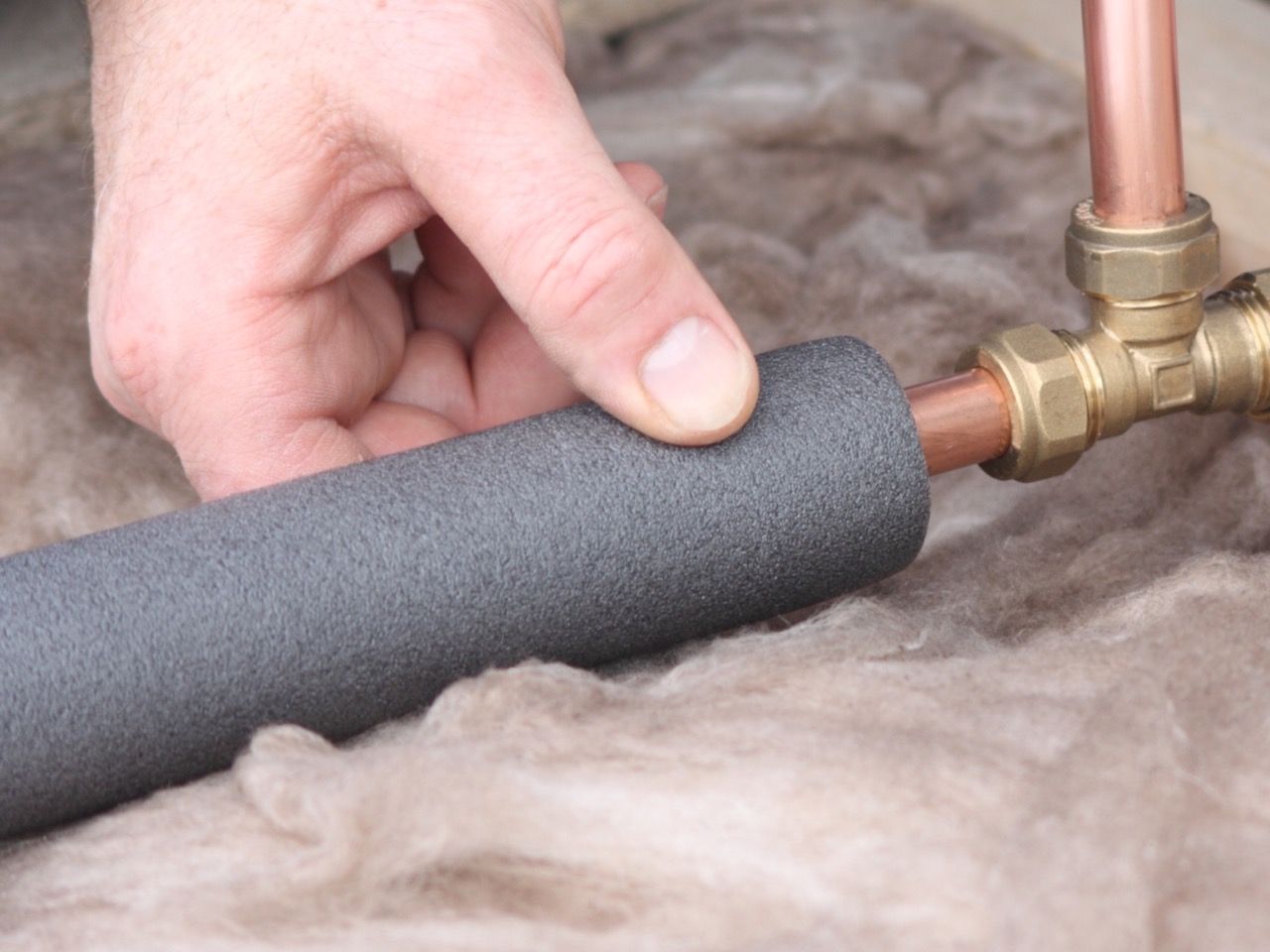
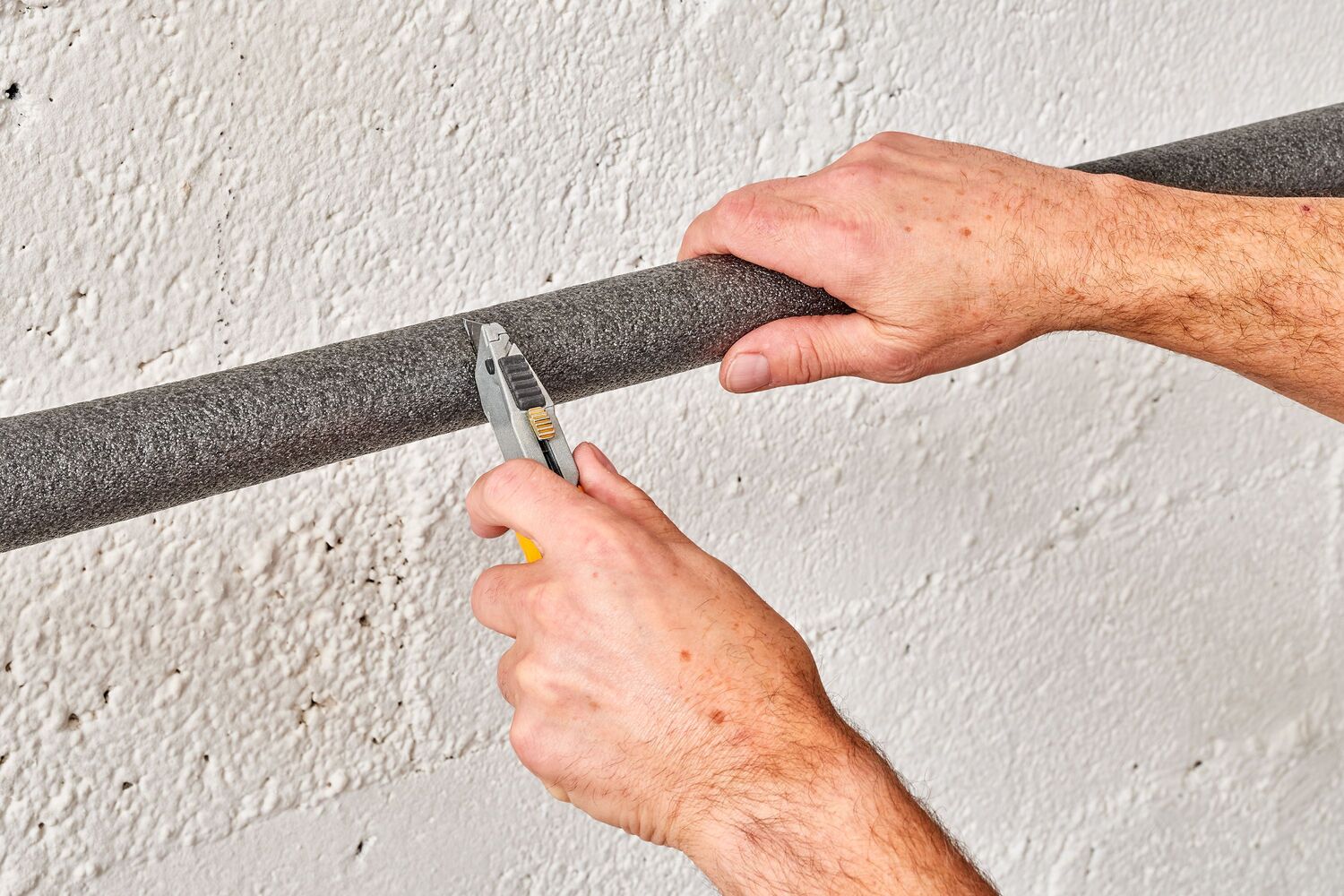
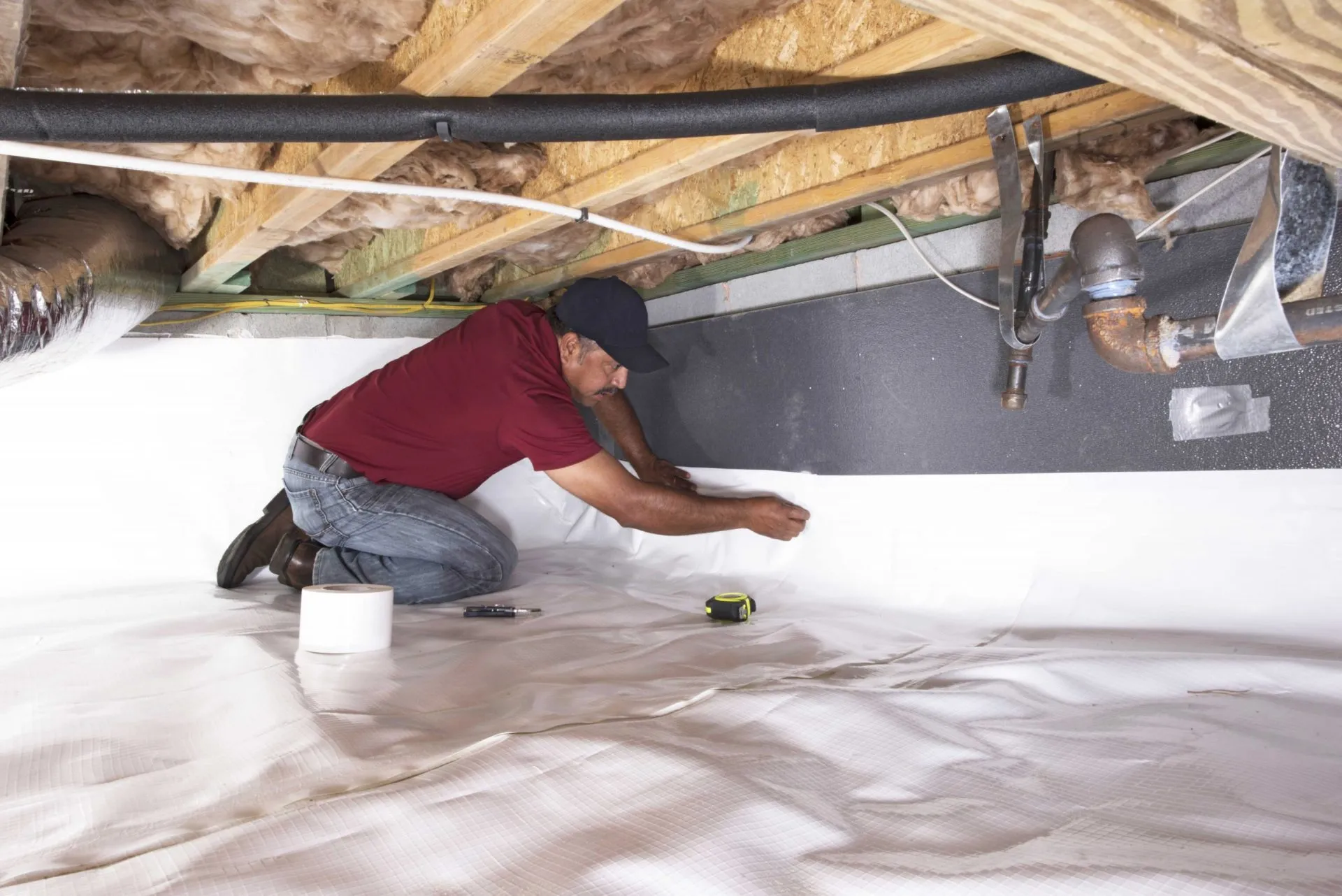
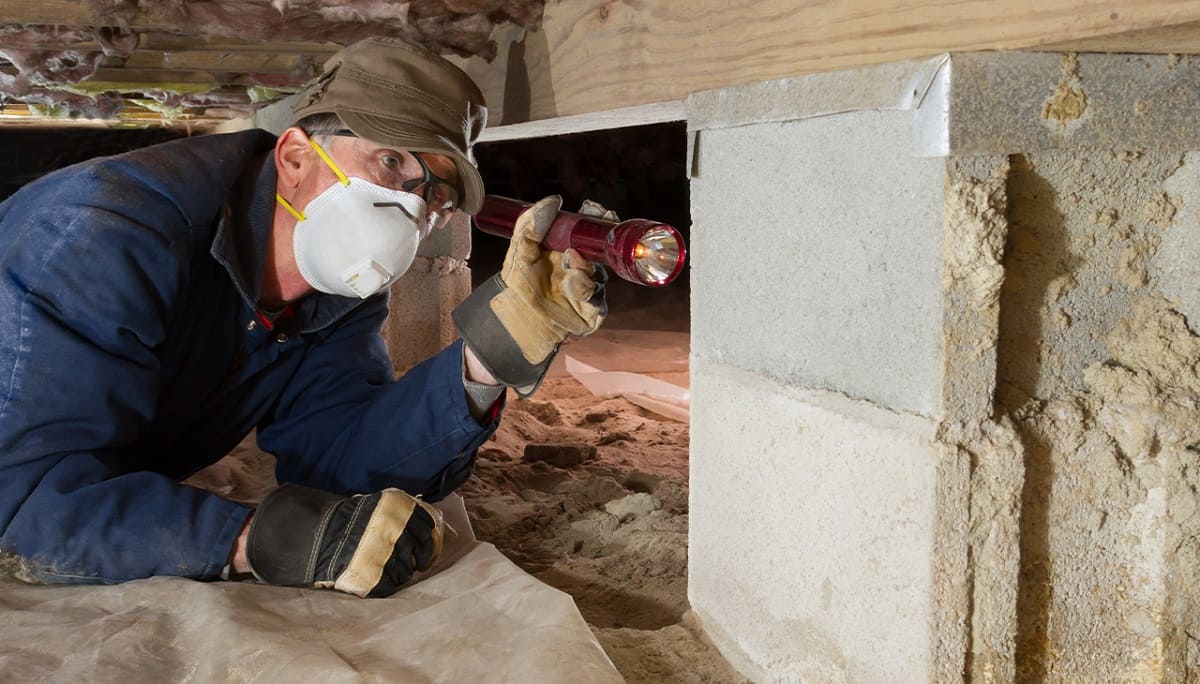
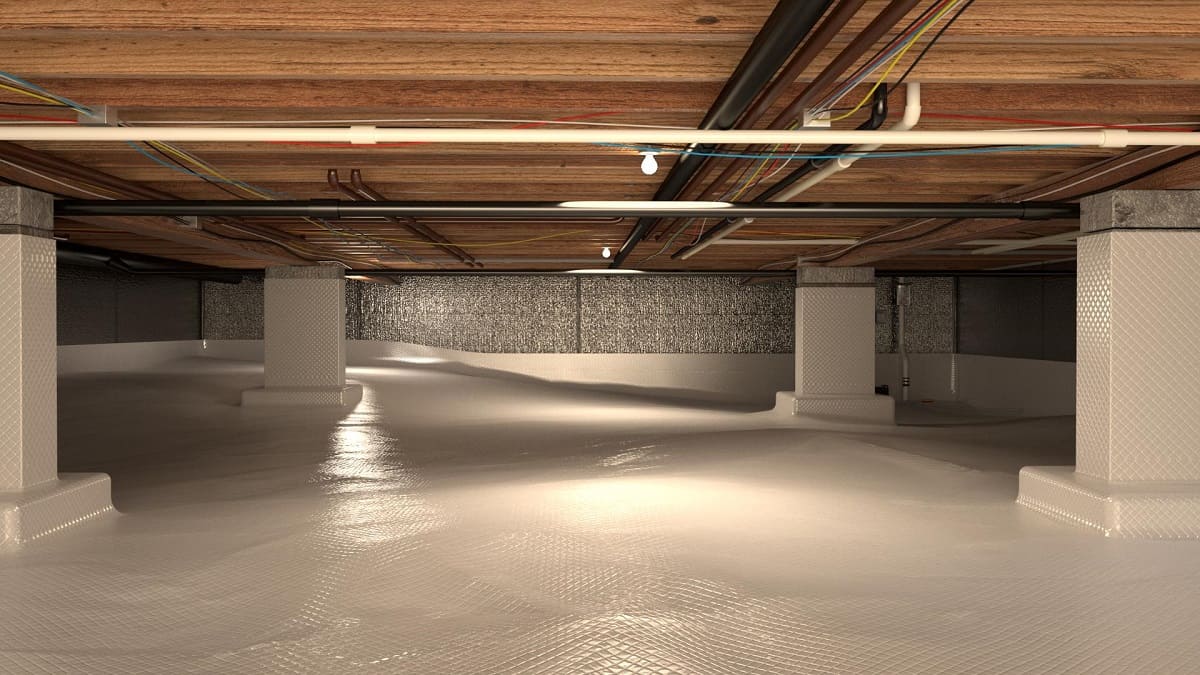
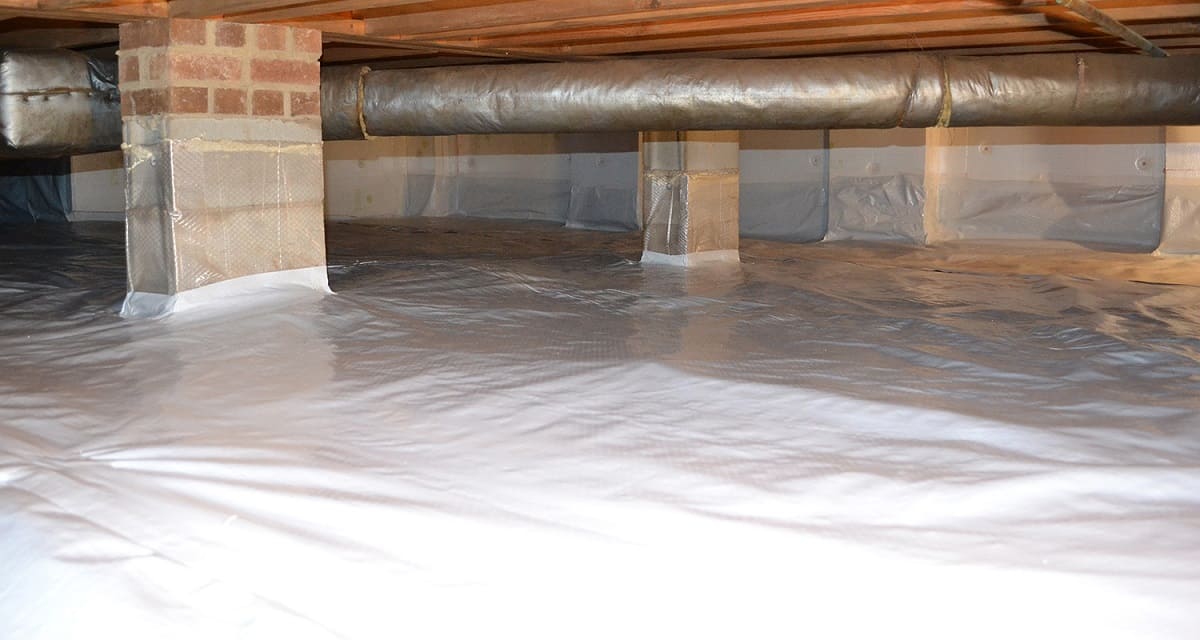
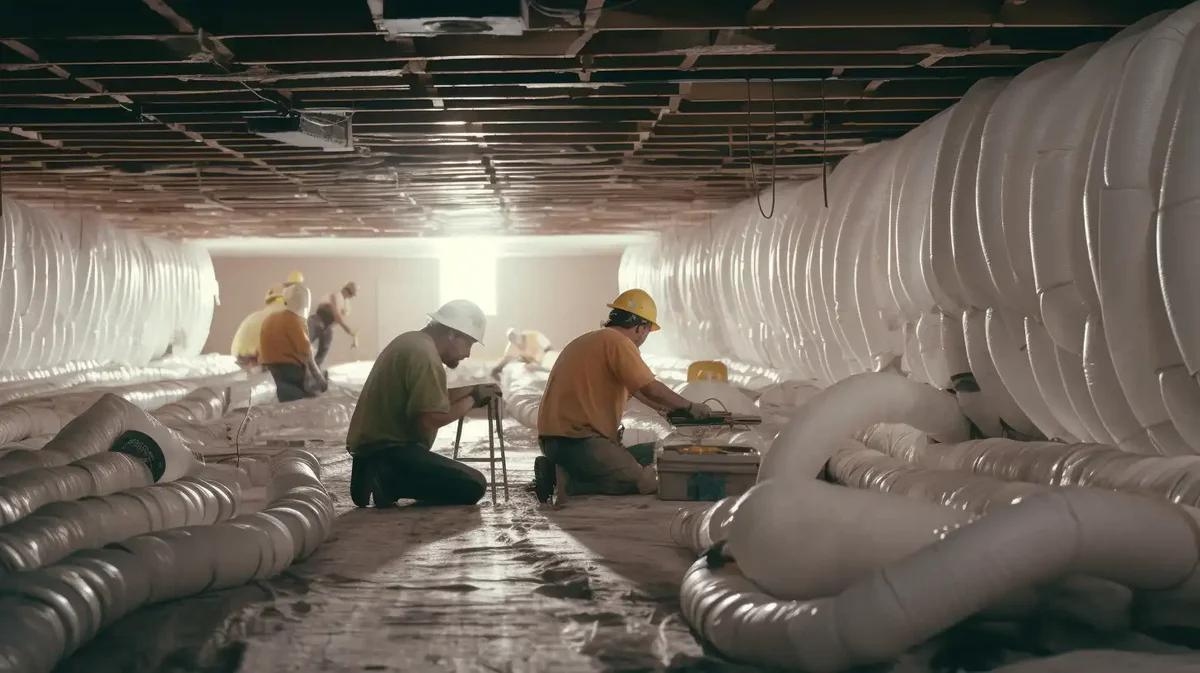
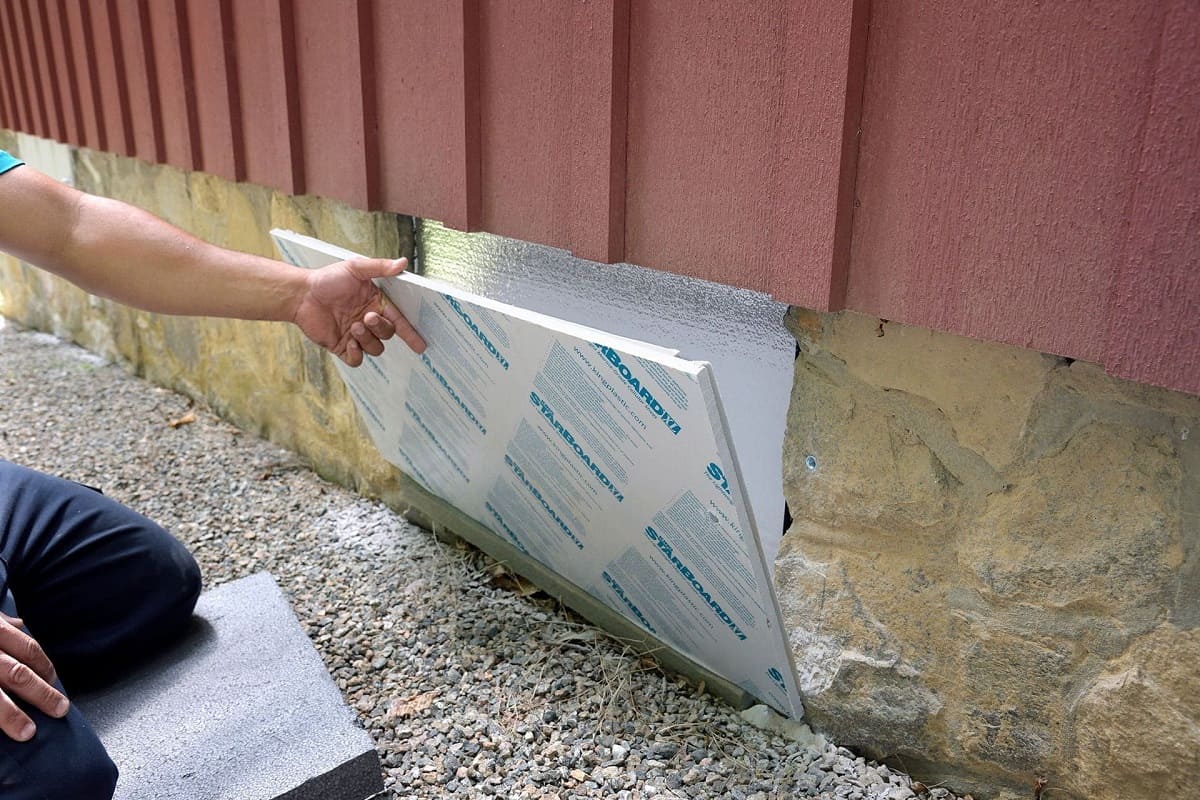
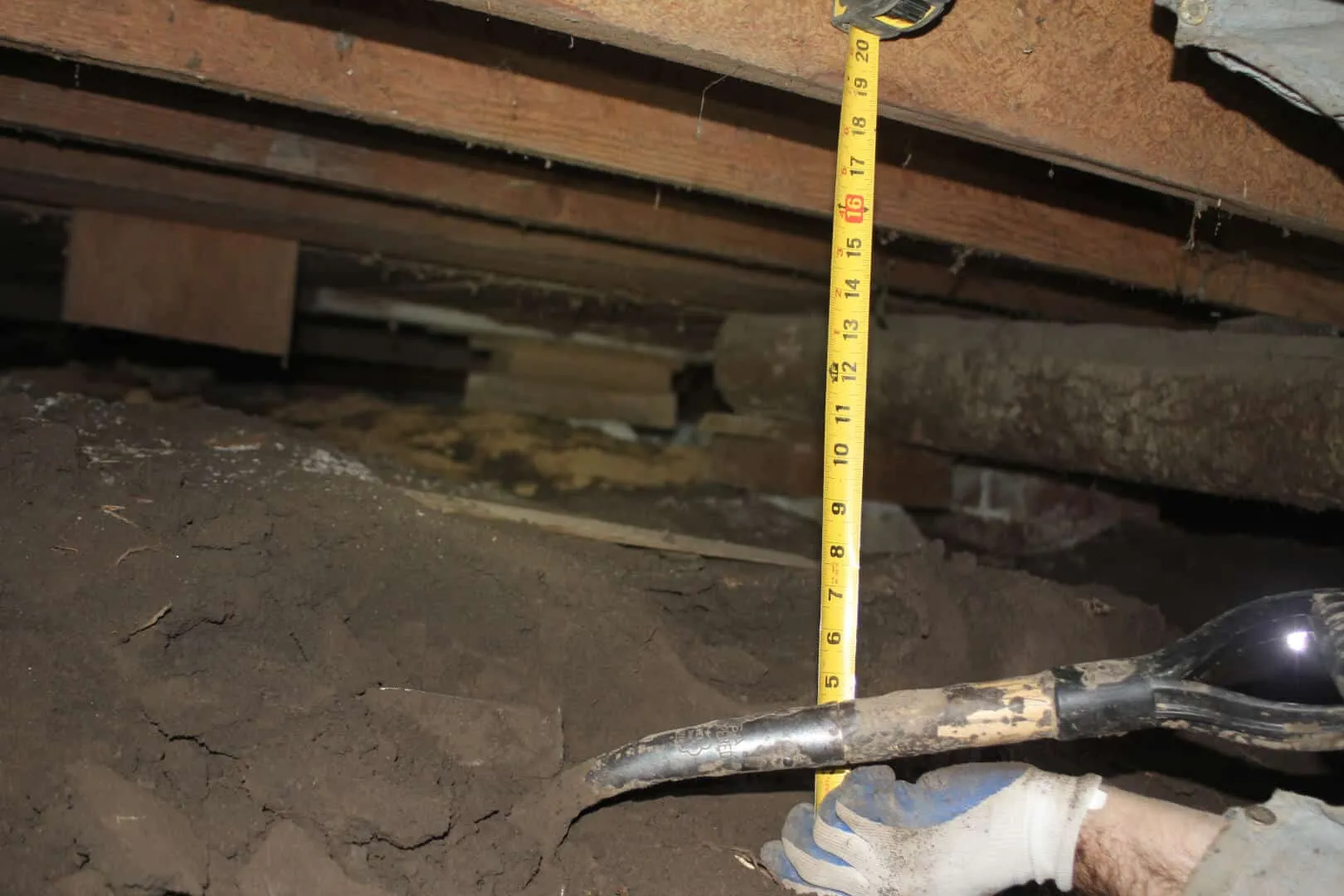
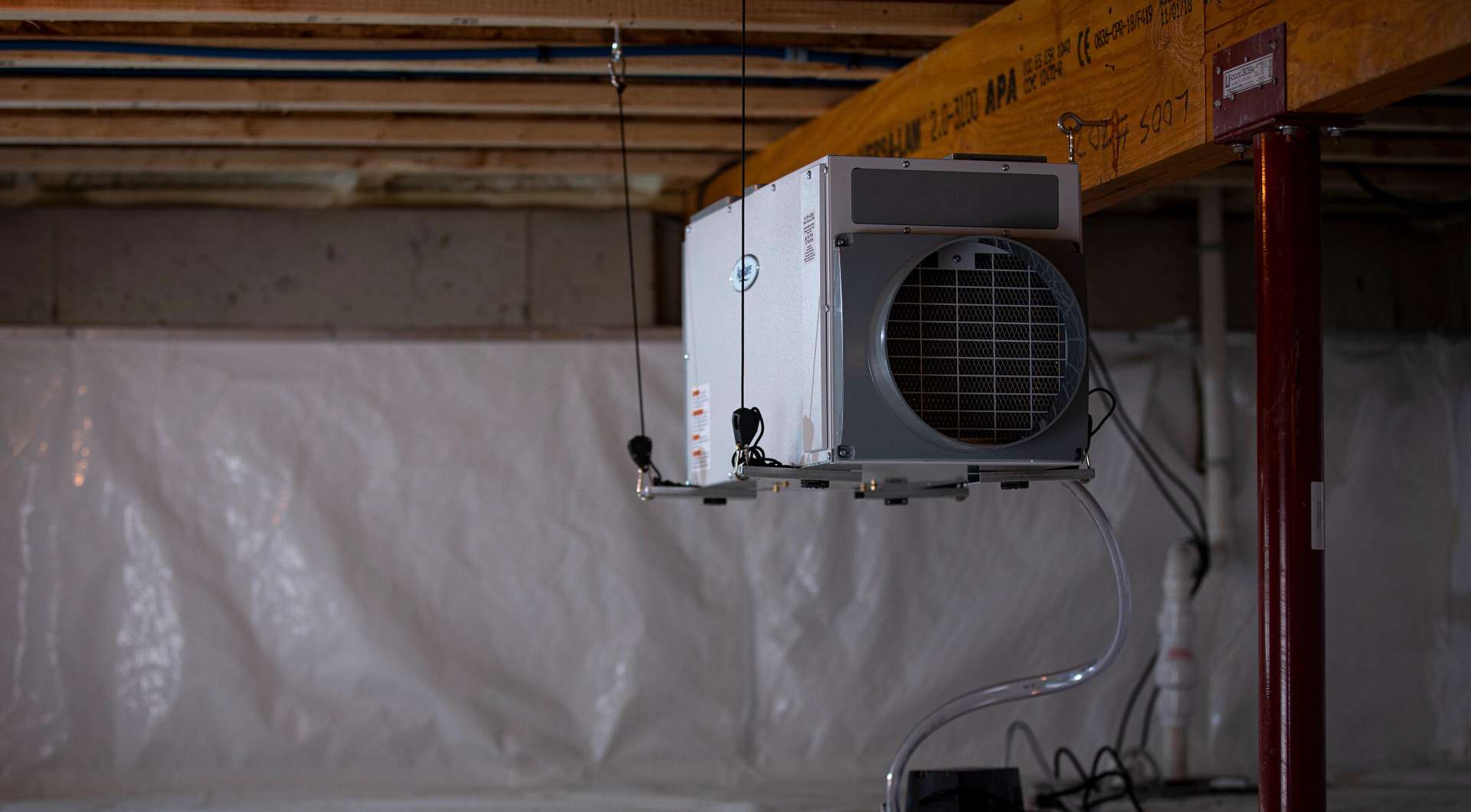
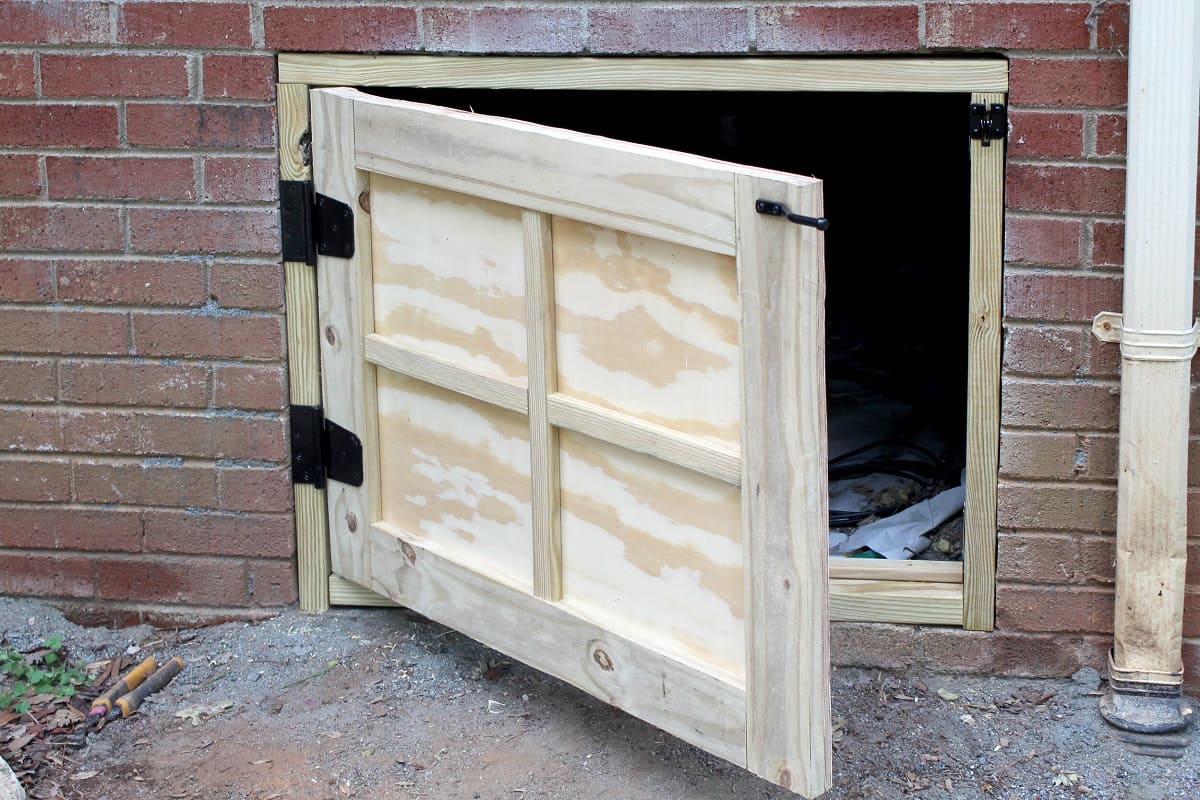

0 thoughts on “How To Insulate PEX Pipes In A Crawl Space”